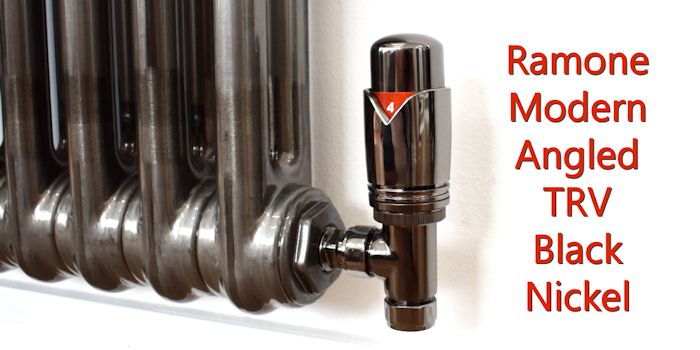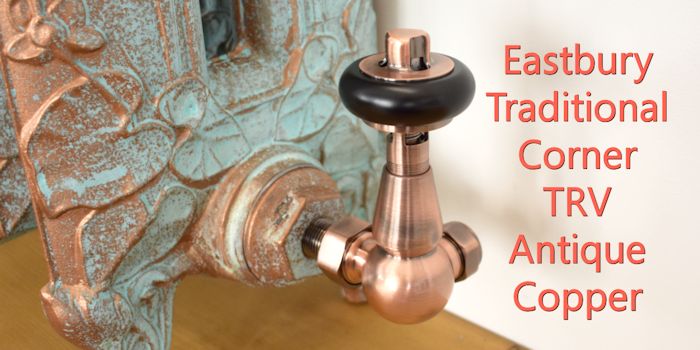Thermostatic Radiator Valves
Quality TRV Radiator Valves in All Orientations, Styles and Finishes For Your Home
Thermostatic radiator valves (also known as TRVs or TRV radiator valves) from Radiator Valves 4u allow for individual room temperature management that contributes to a more efficient heating system and potential savings on your energy bills.
These TRV radiator valves automatically adjust the flow of hot water to the radiator based on the room's temperature.
What is a Thermostatic Radiator Valve?
A TRV valve reduces the flow to lower the radiator’s heat output when the room reaches the desired temperature and increases the flow when the room temperature drops. This automated adjustment provides a balance between comfort and energy efficiency without manual intervention, making radiator TRV radiator valves a practical solution for managing heating in different areas of a home or building.
Thermostatic radiator valves provide automatic temperature control that manual radiator valves don’t. Simply set it to the desired temperature setting and the valve will do the rest! This keeps the room at a steady, comfortable temperature without wasting energy.
Thermostatic Radiator Valves From Radiator Valves 4U
Radiator Valves 4u stocks a wide selection of TRV radiator valves in a range of both modern and traditional styles with straight, angled and corner orientations. Finishes include chrome, black, brass, satin nickel, white, grey, copper and anthracite.
Whatever look you’re going for, there’s a TRV valve here that’s perfect for your needs.
Radiator Valves 4U also stocks a range of radiator valves, radiator pipe covers and radiator accessories for every bathroom.
We won’t be beaten on price, customer service or quality. Why not call 02393 162 901 to discuss your ideas with one of our experts?
Take a look at our video, How do Thermostatic Valves (TRVs) work?, to learn more.
All Products:
FREQUENTLY ASKED QUESTIONS
Questions from our beloved customers





